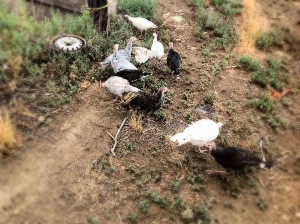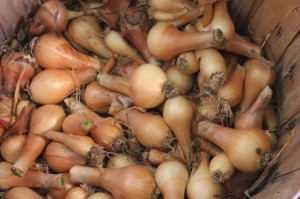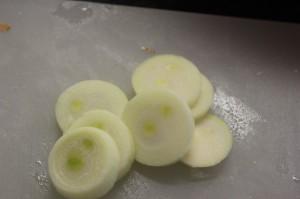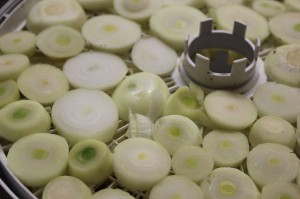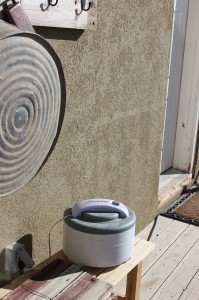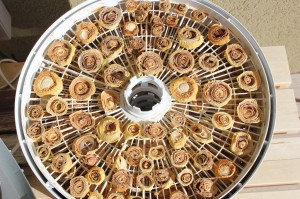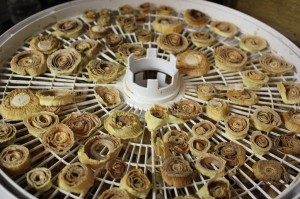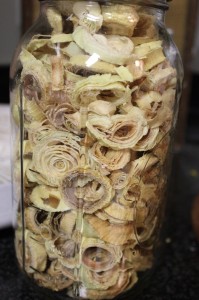At Quail Run, we are on a septic tank. One of the things we try to do is re-use and re-purpose what we can. And that includes water. The water that is generated from tasks like washing clothes, taking showers, bathing, etc. is called Greywater. Basically greywater is water that is generated as wastewater from households and businesses that does not contain fecal contamination. Because we are on a septic tank, the water is put down the drain, goes into the septic tank, and then eventually ends up back into the water table. We have decided that we are going to try to re-use that water one more time before it is absorbed back into the ground and added again to the water table.
The first step in our greywater system is to take the wastewater from our back porch washing machine, and then recycle it. Plans in the future are to add the in-door washing machine, as well as the tub, and shower from the upstairs bathrooms to the system as well. The in-house washing machine will be added in the spring, and when we remodel the other bathrooms in the next few years, we will also add them to the system.
With a greywater system, you need to have a place for the water to be dumped, then filtered some, and then allow it to move to where it can be used. To do this, I used a bunch of bricks we have left over from the fireplace build out we did a couple years back as the containment point. I also used a bunch of wood and mulch we have on the property as well. (Side note: The mulch we generated when from the Christmas trees from Eagle mountain. Each year the city collects all the discarded Christmas trees, and then takes them to a green waste facility in a neighboring town. Last year we had them bring all of them to our property, where we harvested the trunks and turned the branches into mulch.)
I first leveled the area where I was going to put the system. I made sure that it had a slight grade so that the water would flow through the filtering material, and then exit in the direction I wanted it to exit in.

Once the ground was leveled I started to build up a brick box. The purpose of the box is to just slow down any fast running water, and to give the water a little time to actually filter through the mulch and wood.

I used re-purposed rebar to hold the bricks in place. I am not using any mortar between the bricks. (I may do it later depending on how it works and holds up over the winter.)
After I built the brick box, I then added some discarded pieces of wood that we have on the property.

I then added the Christmas tree mulch to the top to finish filling up the brick box.

Now that we have a place for the water to go, we need to make a way for the water to get there. I ran PVC pipe from the washing machine drain, along the deck, and then along the side of the house to the newly created brick and mulch filter. I did not glue or seal the joints. I don’t think the pressure from the washing machine will be great enough to break the joints, and I wanted to be able to change and adjust it easily as we add new sources of greywater to the system.

I also changed our rainwater collection barrel so that the overflow would also run into the greywater system.
Here you can see the washing machine draining into the filter box and then the water running from the filter box.

We still have some work to do. We need to create some hugelkultur beds and other water containment areas. The end goal is to have a place that is usually wet, that will allow us to plant bamboo. We have selected the types of bamboo, and will be working on getting an area ready to plant them this spring.
Let us know what you think, and if you have a greywater systems. We are new to this, and would love to hear do and don’ts from those who have some experience.
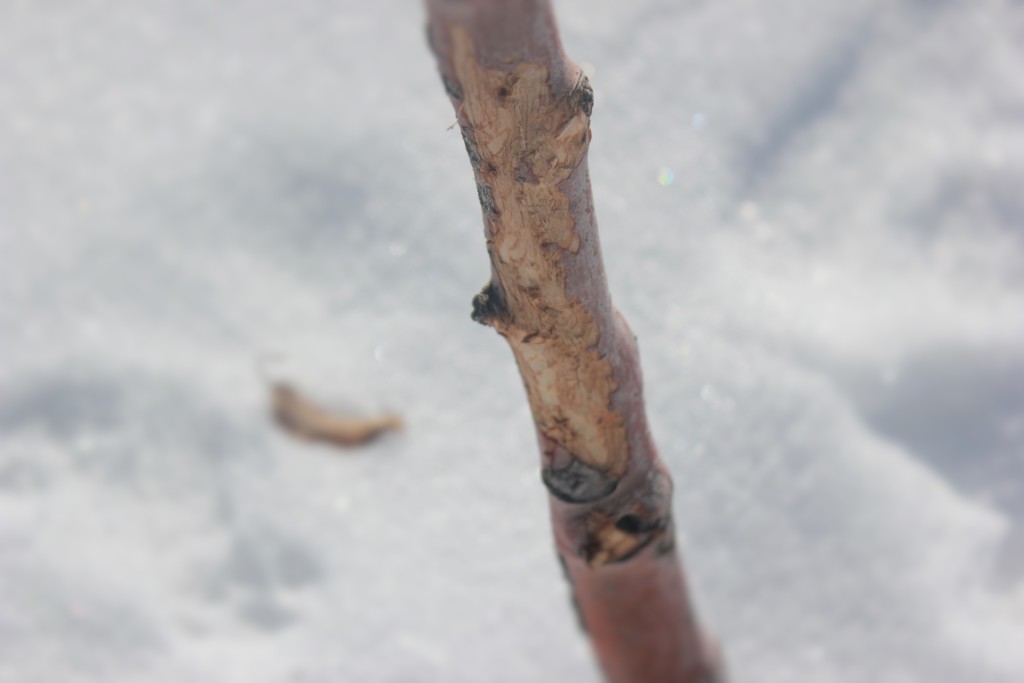 We don’t know for sure if it was the Cottontails (rabbit) or Jack Rabbits (hares) that are doing the nibbling. But for sure the tracks say it was either a rabbit or a hare that was making a treat of our apple tree. So we needed to solve the problem. The thing you want to do is to make it so that the rabbit either can’t eat the bark, or is unable to lift itself up comfortably to eat the bark.
We don’t know for sure if it was the Cottontails (rabbit) or Jack Rabbits (hares) that are doing the nibbling. But for sure the tracks say it was either a rabbit or a hare that was making a treat of our apple tree. So we needed to solve the problem. The thing you want to do is to make it so that the rabbit either can’t eat the bark, or is unable to lift itself up comfortably to eat the bark.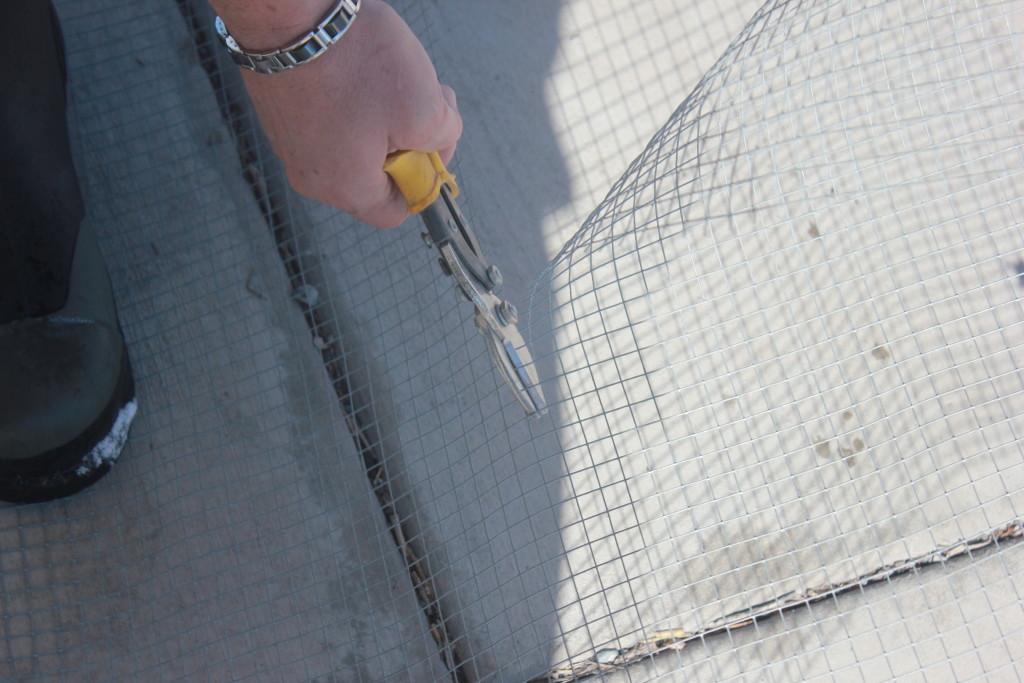 I cut the hardware cloth into squares, and then created a circle around the base of the tree. I also made sure that I put the cut ends up. This would make it so that if the rabbit/hare tried to rest on it to get above it, the sharp ends of the wire would keep them from resting their paws on them.
I cut the hardware cloth into squares, and then created a circle around the base of the tree. I also made sure that I put the cut ends up. This would make it so that if the rabbit/hare tried to rest on it to get above it, the sharp ends of the wire would keep them from resting their paws on them.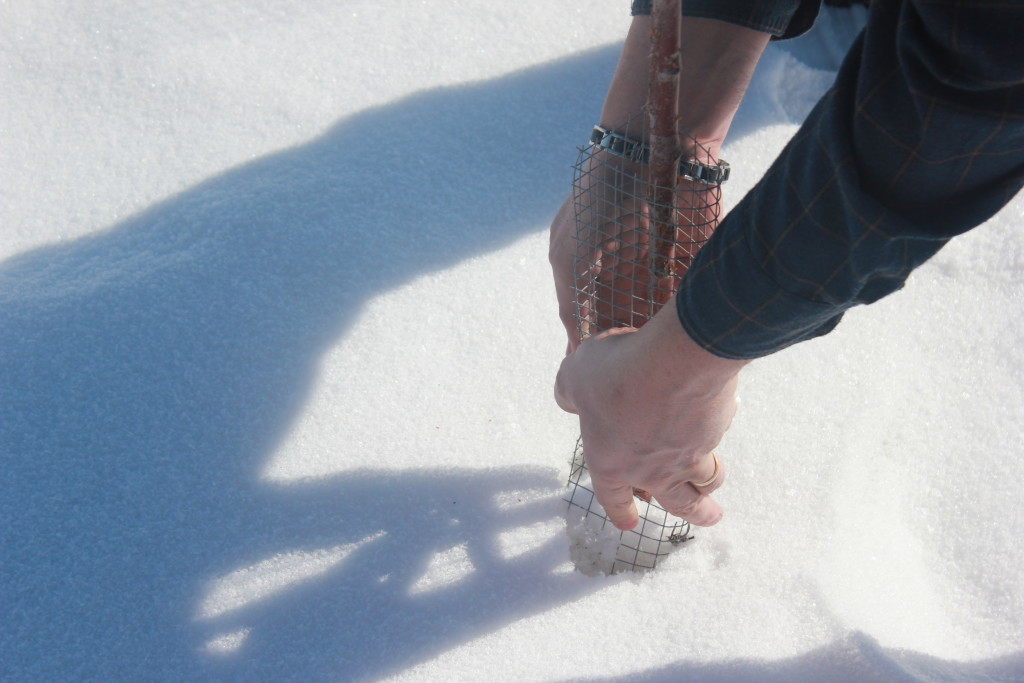 I did this around all of the trees in the orchard. I would like to note, that we do have black flex drain pipe around the bottom of the trees to protect, but with the recent snow and drifting, the snow is now above the drain pipe.
I did this around all of the trees in the orchard. I would like to note, that we do have black flex drain pipe around the bottom of the trees to protect, but with the recent snow and drifting, the snow is now above the drain pipe.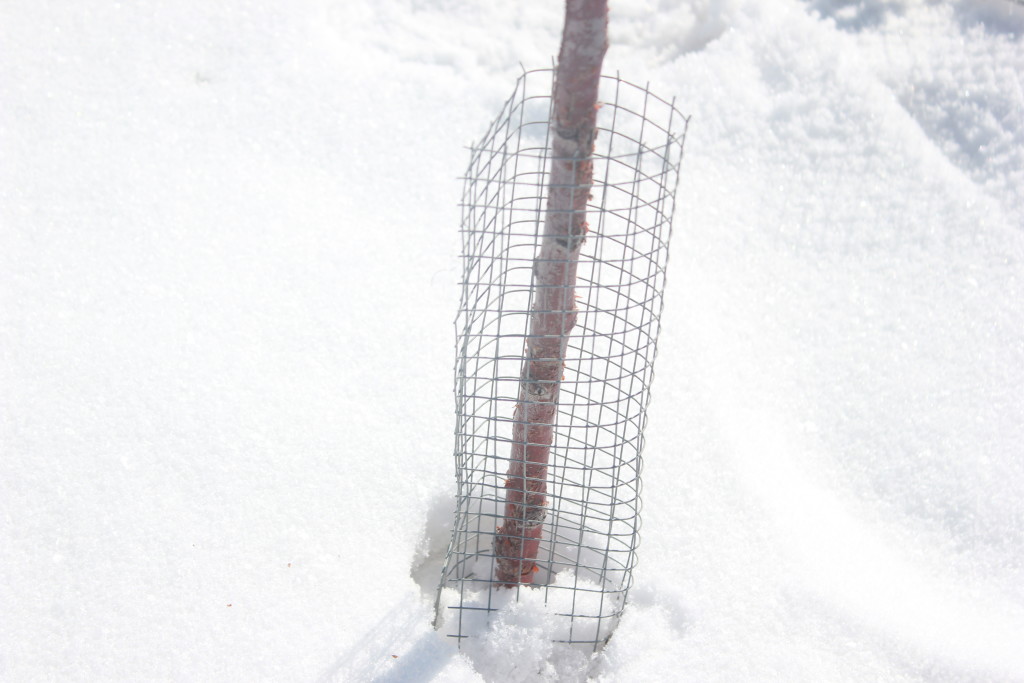 Maybe not the most elegant solution, but time will tell if it is a productive solution. Hopefully this cheap fix will keep the rabbits/hares are bay and help us be able to survive the winter and bring us fruit in the next few years.
Maybe not the most elegant solution, but time will tell if it is a productive solution. Hopefully this cheap fix will keep the rabbits/hares are bay and help us be able to survive the winter and bring us fruit in the next few years.
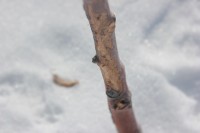
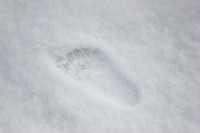
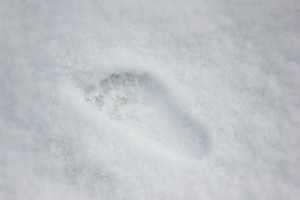
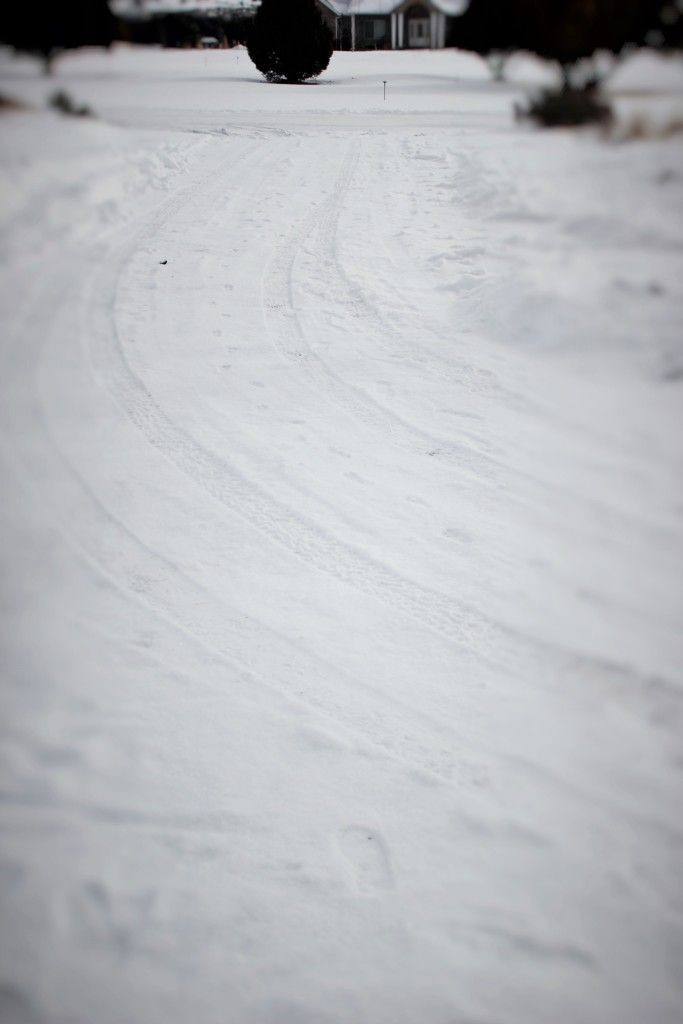

 A little while ago we were asked how we came up with the name “Quail Run”. It’s a simple little story, not at all remarkable, but something I figure should be told, for posterity.
A little while ago we were asked how we came up with the name “Quail Run”. It’s a simple little story, not at all remarkable, but something I figure should be told, for posterity.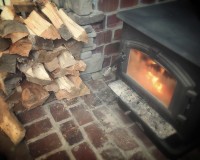
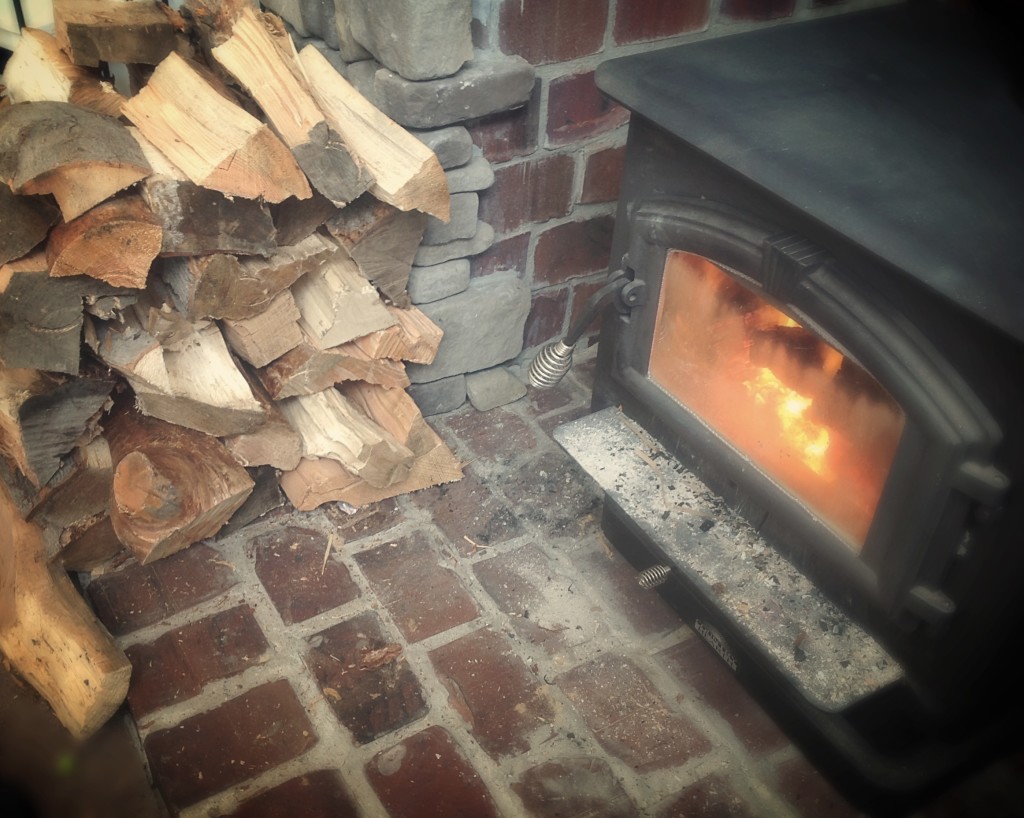
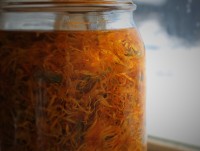
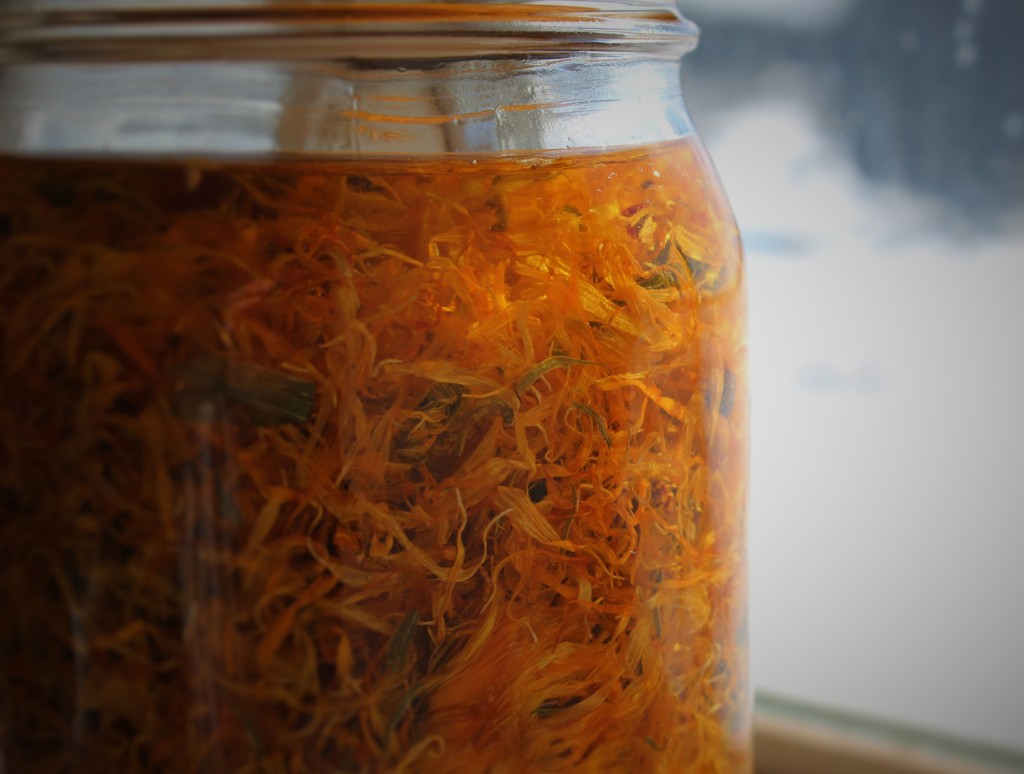
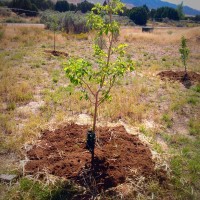
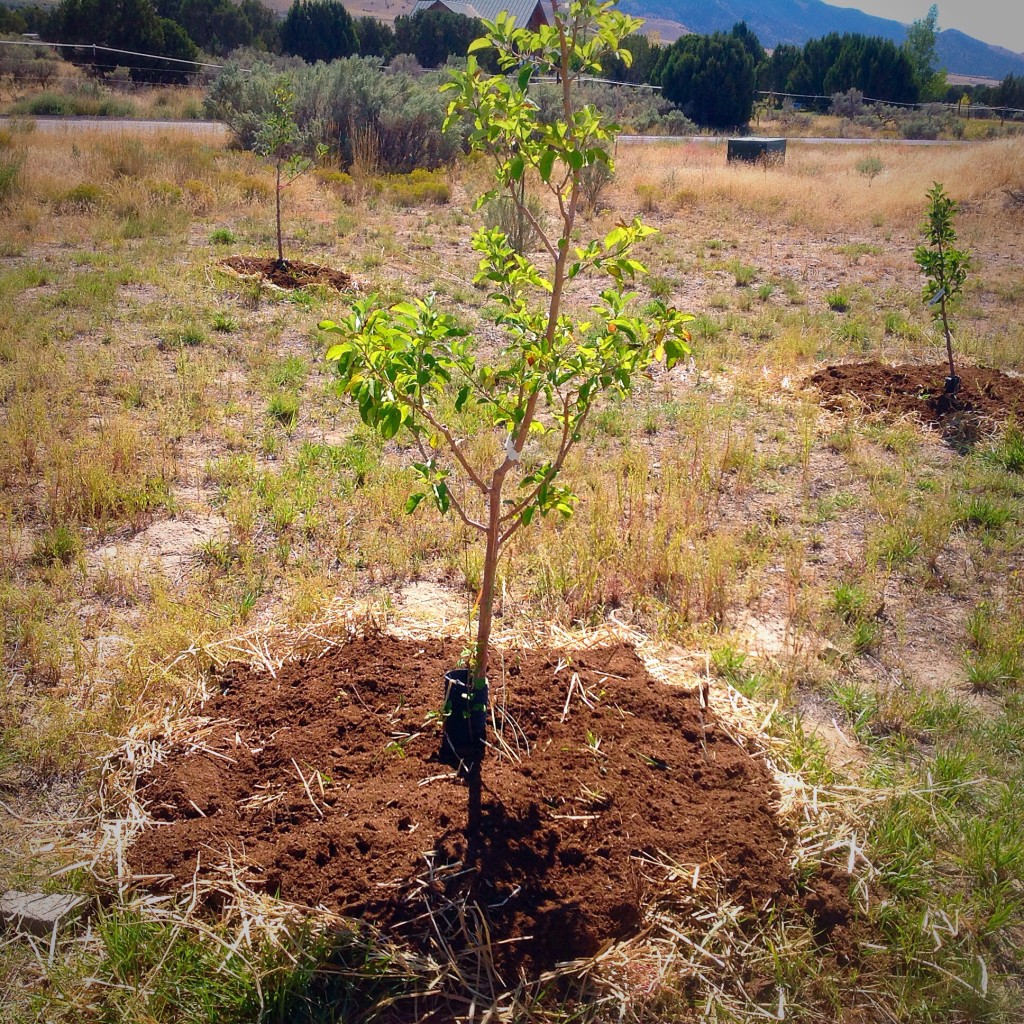 In our orchard we are using a permaculture method called “guilding”. Around each tree we plant beneficial herbs and plants, that have several uses. Our goal is to have 5-10 uses for everything we plant here on the farm.
In our orchard we are using a permaculture method called “guilding”. Around each tree we plant beneficial herbs and plants, that have several uses. Our goal is to have 5-10 uses for everything we plant here on the farm.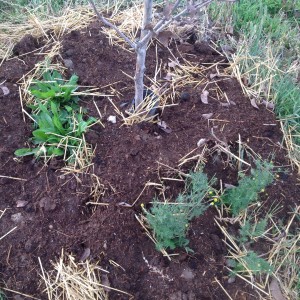
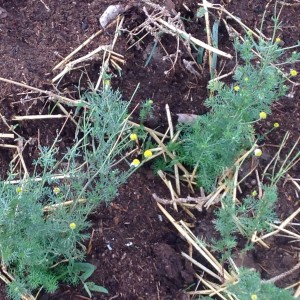
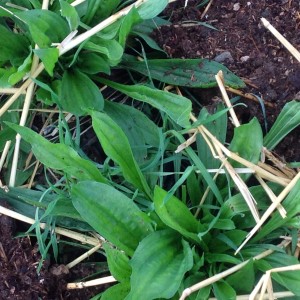
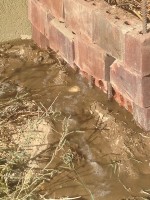






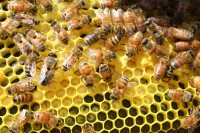
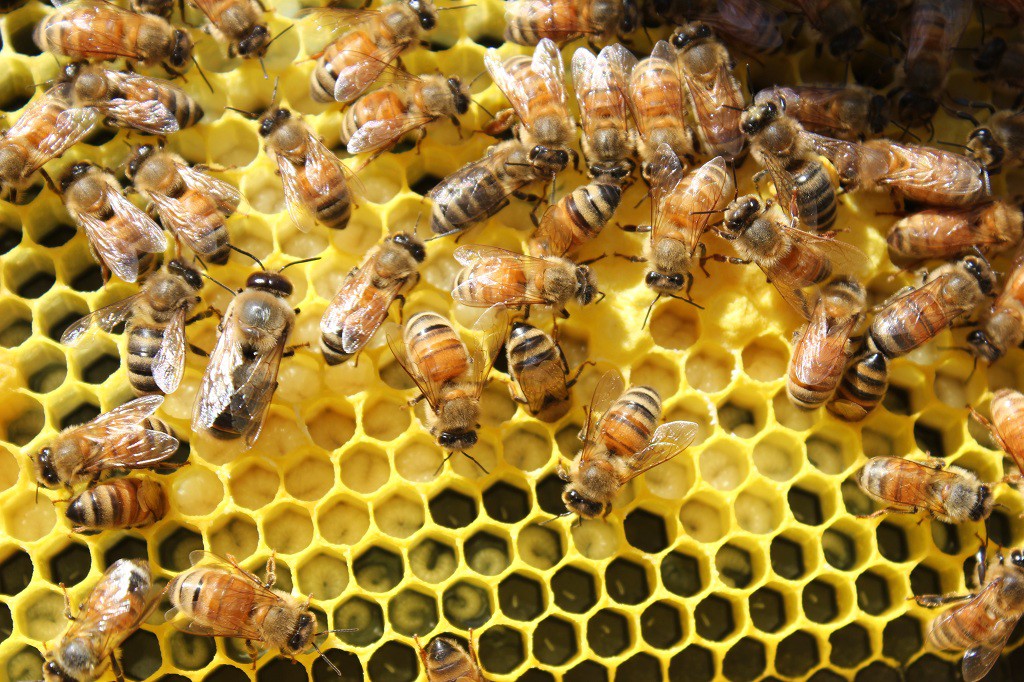 I don’t have any pictures for this post. Sadly Dadzoo didn’t want me to take any pictures, I don’t really understand why, they would have been awesome. Let me tell you why….
I don’t have any pictures for this post. Sadly Dadzoo didn’t want me to take any pictures, I don’t really understand why, they would have been awesome. Let me tell you why….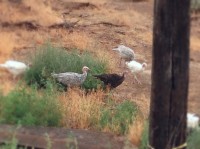
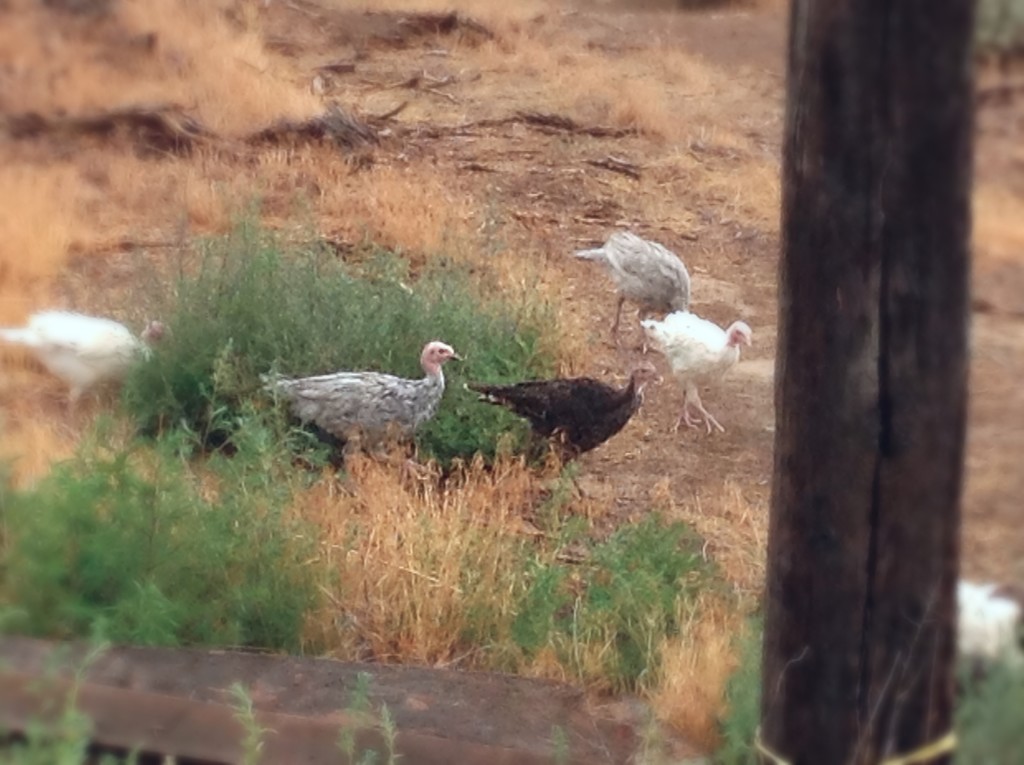 We have had a lot of fun raising different types of fowl on the farm, they all come with unique traits and challenges. Recently we added turkeys to the flock, they are funny little things and they can be pretty absent minded at times. About two weeks ago the graduated from the brooder to their new digs in a newly remodeled shed. After about a week of being cooped up we allowed them to free range, figuring they had homed to the shed.
We have had a lot of fun raising different types of fowl on the farm, they all come with unique traits and challenges. Recently we added turkeys to the flock, they are funny little things and they can be pretty absent minded at times. About two weeks ago the graduated from the brooder to their new digs in a newly remodeled shed. After about a week of being cooped up we allowed them to free range, figuring they had homed to the shed.